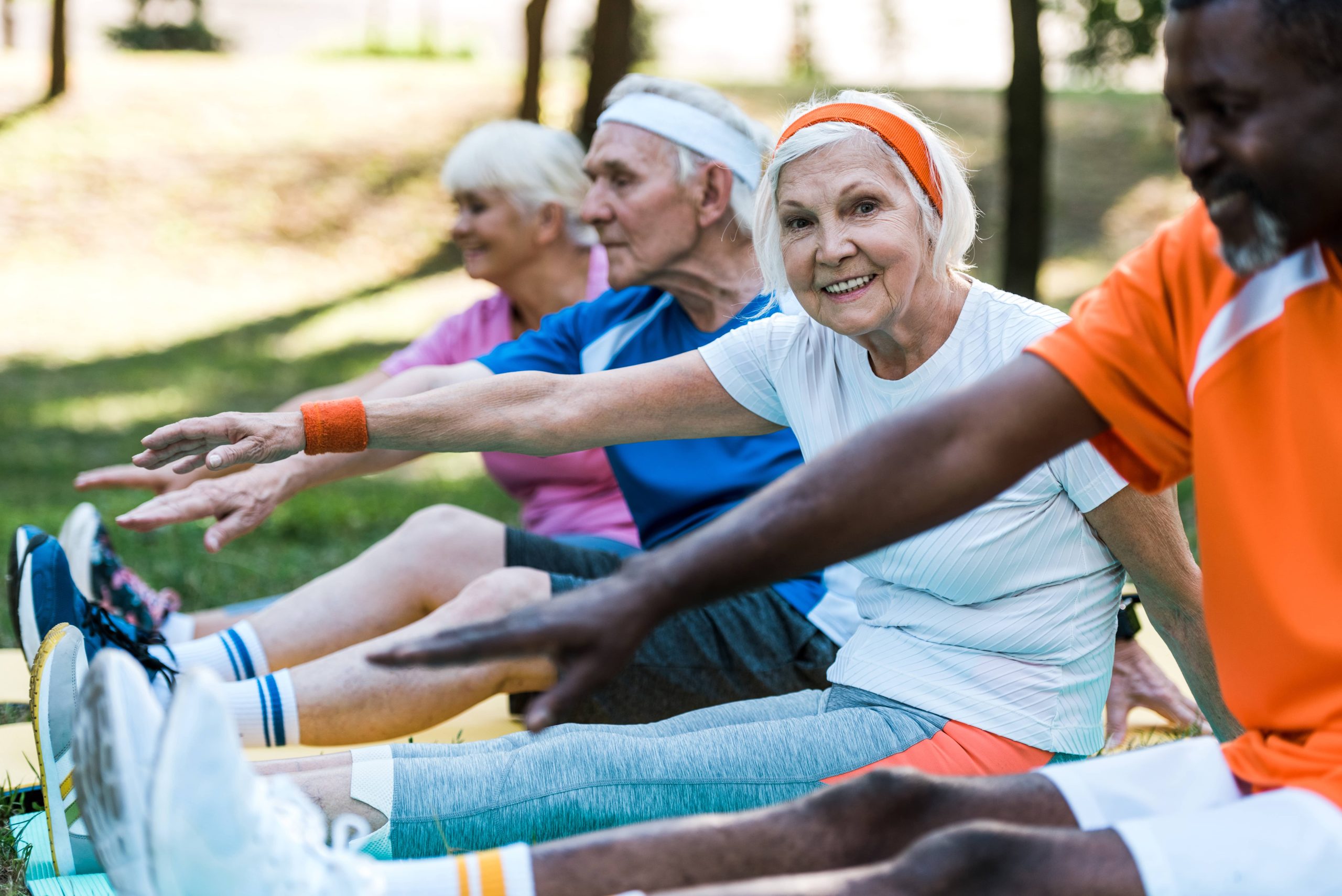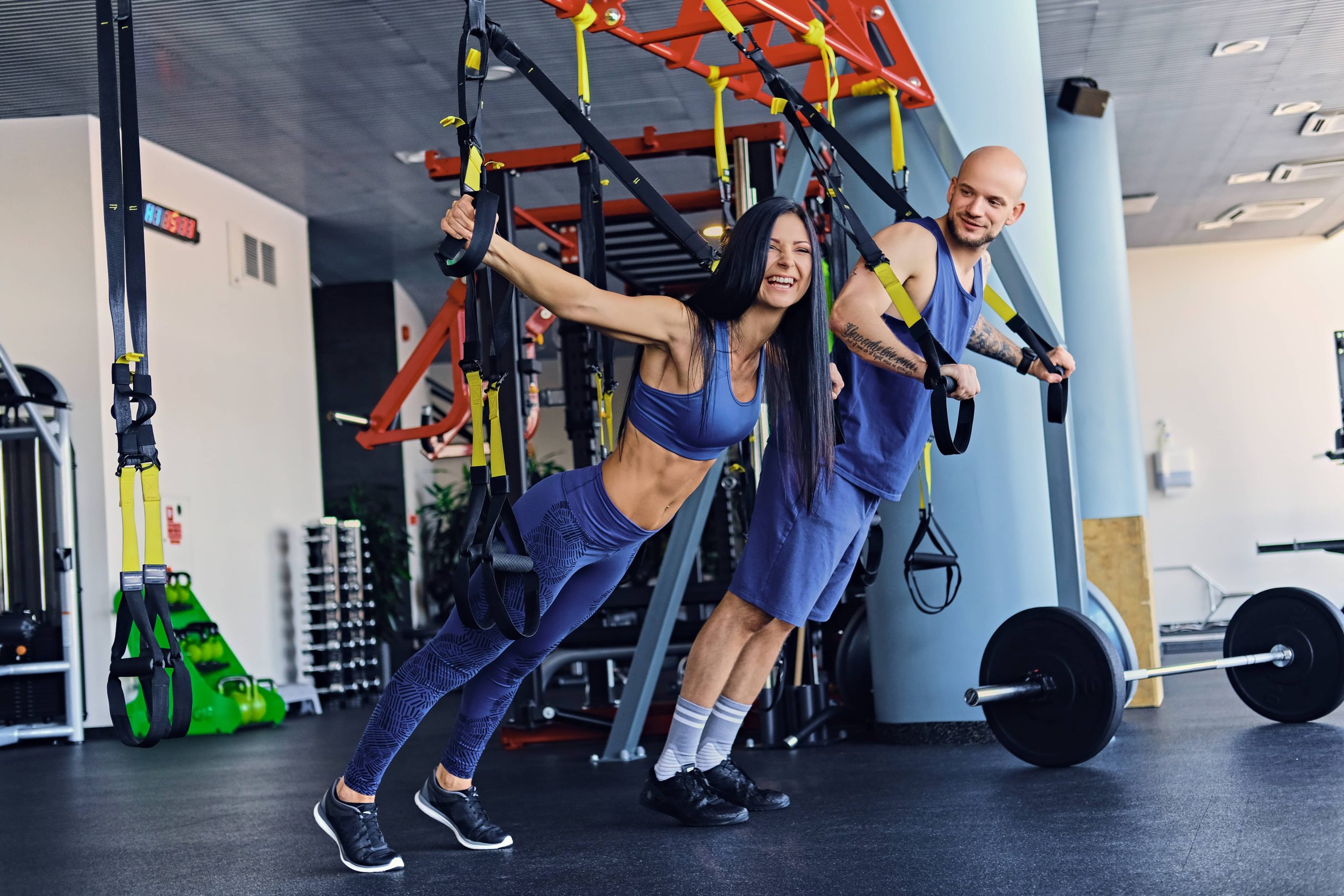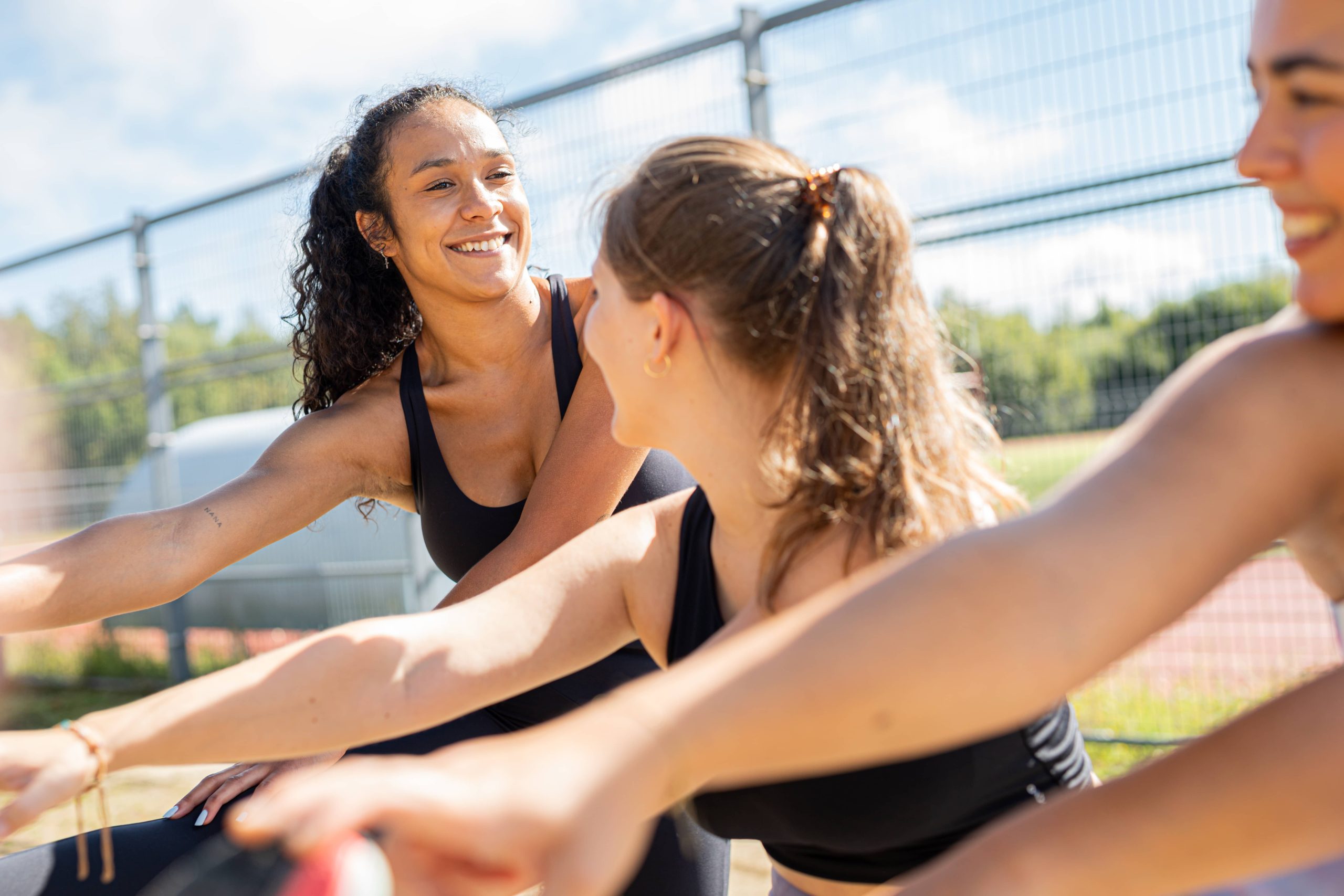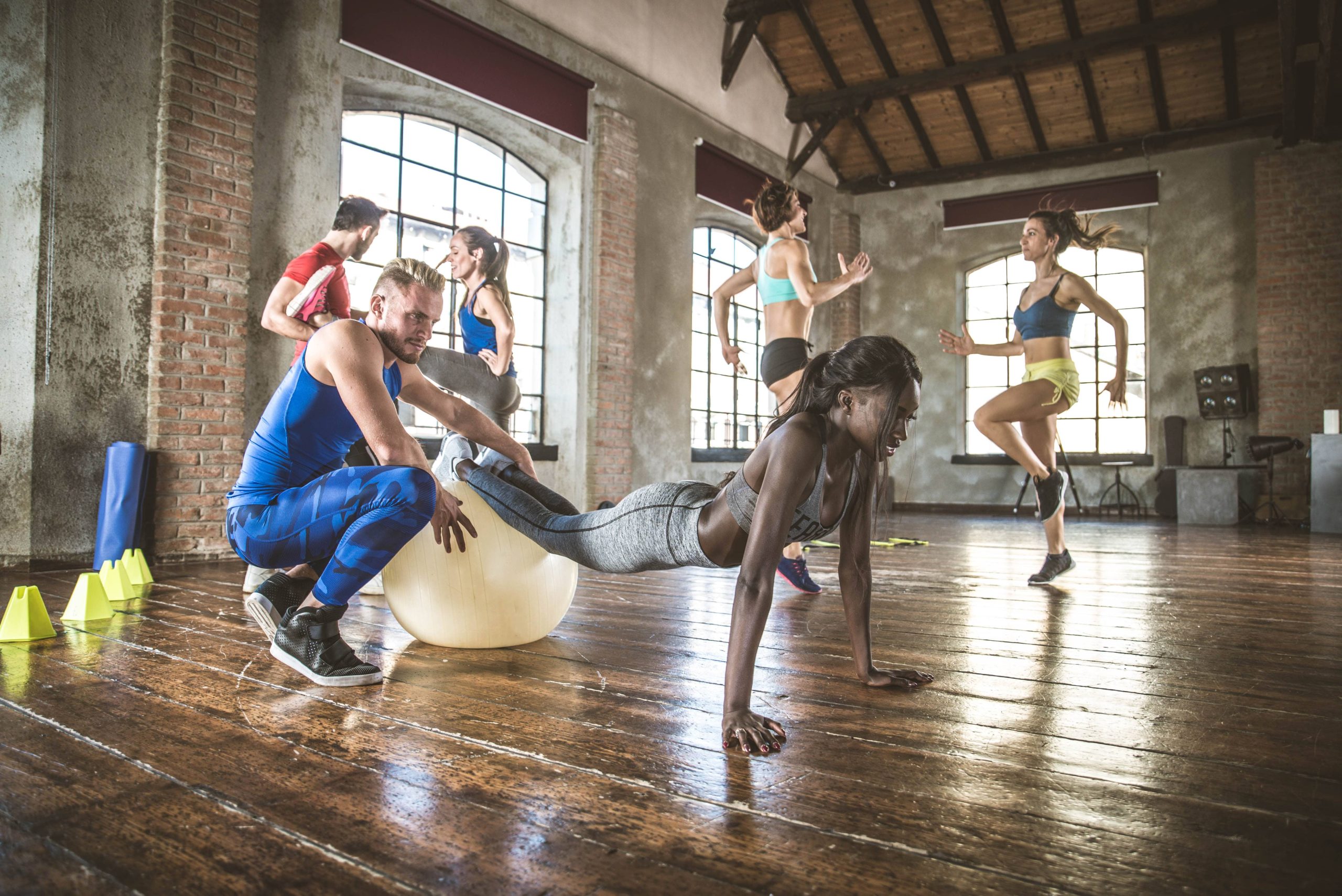
Knee pain is a common issue that affects people of all ages, from athletes to those who lead a sedentary lifestyle. Maintaining pain-free knees is crucial not only for athletic performance but also for everyday living. This blog post will dive into effective exercises for maintaining healthy knees and alleviating pain. Whether you’re a sports enthusiast or just want to walk without discomfort, these exercises will help strengthen the muscles around the knee, improve joint stability, and prevent injury.
Understanding the Knee Joint
Before delving into the exercises, it’s essential to understand the anatomy of the knee joint. The knee is a complex hinge joint that connects the thigh bone (femur) to the shin bone (tibia). The knee joint is supported by ligaments, tendons, and cartilage, which provide stability and facilitate movement. Once any of these components are compromised, it can lead to pain and reduced mobility.
Factors such as overuse, injury, age-related wear and tear, or muscle imbalances can cause knee pain. Exercises that strengthen the muscles around the knee can significantly aid in reducing pain and preventing future injuries.
Key Muscles Involved
1. Quadriceps: These are the muscles located at the front of your thigh. Strong quads help stabilize the kneecap and absorb shocks during movement.
2. Hamstrings: Situated at the back of the thigh, these muscles are essential for knee flexion and overall stability.
3. Calves: The calf muscles, particularly the gastrocnemius and soleus, play an important role in supporting knee movements.
4. Glutes: Weak gluteal muscles can lead to knee misalignment and increased risk of injury.
5. Hip Flexors: These muscles aid in maintaining proper posture and alignment during activities.
Effective Knee Exercises
1. Straight Leg Raises
Straight leg raises are fundamental for strengthening the quadriceps without placing too much strain on the knee joint.
How to Perform:
– Lie on your back with one leg bent and the other straight.
– Tighten the muscles of your straight leg and slowly lift it to the height of the opposite knee.
– Hold for a few seconds, then slowly lower the leg.
– Repeat 15-20 times, switch legs.
2. Hamstring Curls
This exercise targets the hamstrings and is critical for knee stability.
How to Perform:
– Stand with feet shoulder-width apart, holding onto a surface for balance.
– Bend one knee, bringing your heel towards your glutes.
– Hold for a few seconds and return to the starting position.
– Perform 15-20 repetitions on each leg.
3. Wall Sits
Wall sits engage the quadriceps, hamstrings, and glutes, offering a comprehensive knee-strengthening workout.
How to Perform:
– Stand with your back against a wall, feet shoulder-width apart.
– Slide down into a sitting position without letting your knees go past your toes.
– Hold this position for 20-30 seconds and repeat 3-5 times.
4. Calf Raises
Strong calves are crucial for supporting knee function, especially during activities that involve jumping or running.
How to Perform:
– Stand with feet hip-width apart, holding onto a wall or chair for balance.
– Lift your heels off the ground, standing on your toes.
– Slowly lower back down.
– Repeat 15-20 times, ensuring controlled movement.
5. Glute Bridges
Strengthening the glute muscles can help correct alignment issues that could lead to knee pain.
How to Perform:
– Lie on your back with knees bent and feet flat on the floor.
– Lift your hips towards the ceiling, squeezing your glutes.
– Hold for a few seconds before lowering.
– Complete 10-15 repetitions.
6. Step-Ups
Step-ups are dynamic exercises that challenge the balance and strength of your knees.
How to Perform:
– Stand facing a sturdy step or platform.
– Step onto the platform with one foot, bringing the other foot up.
– Step back down with the leading foot.
– Switch feet and repeat for 10-15 repetitions on each side.
7. Lunges
Lunges are excellent for overall leg development and knee health, as they work multiple muscle groups.
How to Perform:
– Stand upright and take a step forward with one leg.
– Bend both knees until they form a 90-degree angle.
– Push back up and return to the starting position.
– Alternate legs for 10-15 repetitions on each side.
Incorporating Flexibility and Balance
In addition to strengthening exercises, incorporating flexibility and balance routines can boost knee health.
Yoga and Stretching
Yoga practices such as the Warrior Pose or Downward Dog stretch the calf, hamstring, and glute muscles. Regular stretching can prevent tightness and balance muscular imbalances.
Balance Exercises
Balance exercises, like standing on one leg or using a balance board, can improve proprioception—the body’s awareness of position and movement. This awareness fosters better knee stability and prevents falls or missteps.
Precautions to Consider
– Consult a Professional: Before starting any new exercise regimen, especially if you have existing knee pain, consult with a healthcare or fitness professional.
– Listen to Your Body: Avoid pushing through pain. Modify exercises to accommodate your current fitness level and any existing limitations.
– Start Slow: Gradually increase intensity and duration to avoid overloading the knee joint.
Conclusion
Maintaining pain-free knees is a balance of strength, flexibility, and proper technique. These exercises offer a well-rounded approach to protect your knees, enhance performance, and improve quality of life. By incorporating them into your routine, you can say goodbye to knee pain and enjoy a more active, fulfilling lifestyle. As always, consistency is key—dedicate time to these exercises, and your knees will thank you for it.











